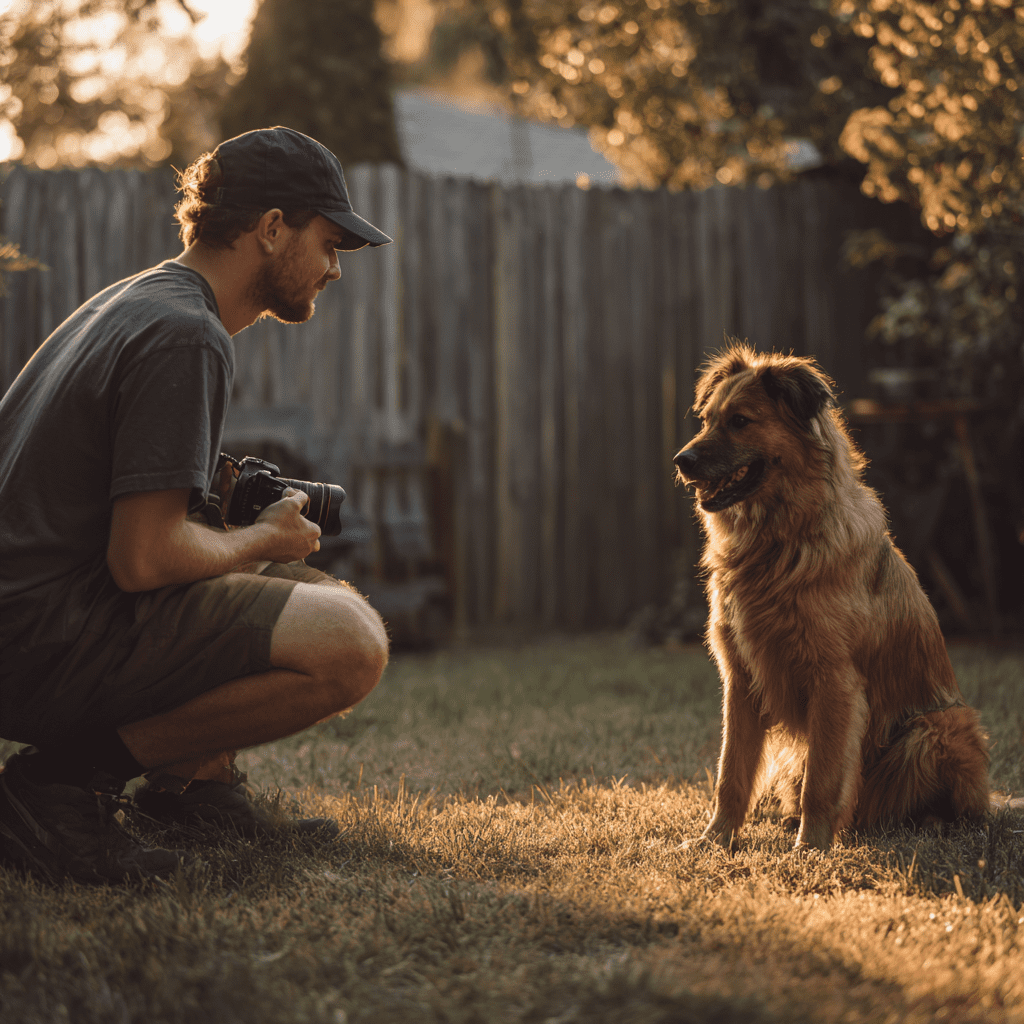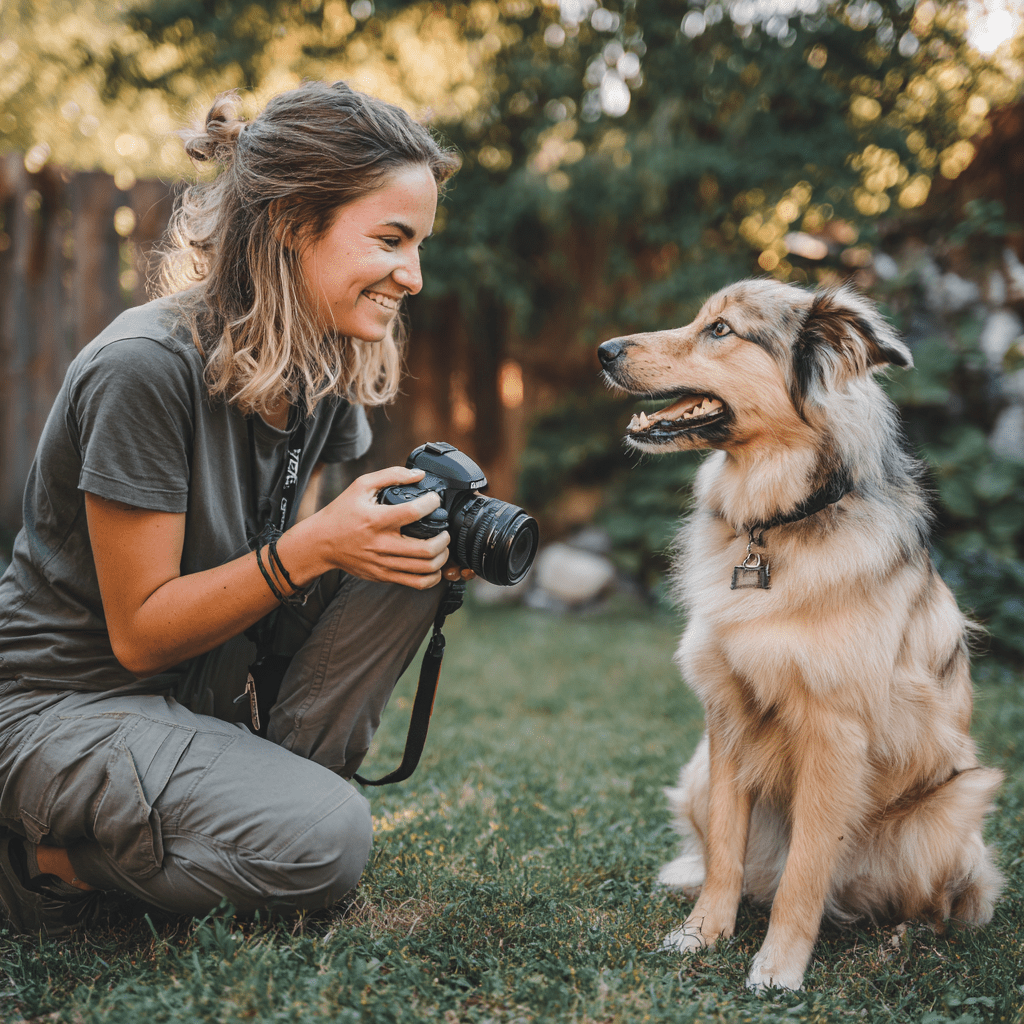Introduction: Why Training Matters
Training isn’t just about teaching tricks—it’s about building communication, trust, and safety between you and your dog. Basic obedience commands give your dog structure and help them understand what you expect. Whether you’ve adopted a playful puppy or an older rescue, mastering core commands sets the stage for good behavior and a lifelong bond.
In this guide, we’ll explore the essential training commands every dog should know, why they’re important, and how to teach them effectively.
The Foundation: Positive Reinforcement
Before diving into commands, it’s important to understand the best method of training: positive reinforcement. Instead of punishing mistakes, you reward desired behavior with treats, praise, or play. This approach not only teaches your dog faster but also strengthens your relationship.
Key tips:
- Use small, tasty treats.
- Keep training sessions short (5–10 minutes).
- Always end on a positive note.
Essential Commands Every Dog Should Know

1. Sit
The “sit” command is often the first and easiest to teach. It helps calm your dog in exciting situations.
How to teach it:
- Hold a treat close to your dog’s nose.
- Move your hand upward, causing their head to follow and bottom to lower.
- Once sitting, say “Sit” and give the treat.
- Repeat until they associate the word with the action.
Why it matters: A sitting dog is easier to control during greetings, mealtimes, or outdoor walks.
2. Stay
Teaching “stay” ensures your dog remains in place until released—a lifesaving command in busy environments.
How to teach it:
- Ask your dog to sit.
- Open your palm in front of them and say “Stay.”
- Take one step back. If they remain, reward them.
- Gradually increase distance and duration.
Pro Tip: Always release with a word like “Okay” so they know when they’re free.
3. Come (Recall)
A reliable recall can prevent accidents and bring peace of mind.
How to teach it:
- Start indoors with little distraction.
- Crouch down, open your arms, and say “Come!”
- Encourage with an excited tone.
- Reward immediately when they reach you.
Why it matters: Whether at the park or near traffic, recall keeps your dog safe.
4. Down (Lie Down)
The “down” command teaches relaxation and impulse control.
How to teach it:
- Ask your dog to sit.
- Hold a treat near their nose, then move it down to the floor.
- Guide them until they lie down, then reward.
- Pair the action with the word “Down.”
Why it matters: Helps in calming hyper dogs and managing situations with visitors.
5. Leave It
This command stops your dog from picking up dangerous or unwanted items.
How to teach it:
- Hold a treat in one hand and show it to your dog.
- Say “Leave it.”
- Wait until they look away or back at you.
- Reward them with a treat from the other hand.
Real-life use: Prevents your dog from eating harmful foods or grabbing objects on walks.
6. Drop It
Unlike “leave it,” this command works when something is already in your dog’s mouth.
How to teach it:
- Offer a toy and let them grab it.
- Show them a treat and say “Drop it.”
- When they release the toy, reward immediately.
Why it matters: Essential for safety when your dog picks up unsafe items.
7. Heel (Loose Leash Walking)
Walking politely on a leash makes outings more enjoyable.
How to teach it:
- Hold a treat by your side.
- Start walking and say “Heel.”
- Reward your dog when they stay by your side without pulling.
Tip: Practice in short bursts before taking on longer walks.
8. Wait
“Wait” is different from “stay”—it tells your dog to pause temporarily, often at doors or before crossing streets.
How to teach it:
- Ask your dog to sit at a doorway.
- Say “Wait” and open the door slightly.
- If they stay, reward and release. If not, close the door and repeat.
Why it matters: Adds control and safety to everyday situations.
9. Off
This command teaches dogs not to jump on people or furniture.
How to teach it:
- When your dog jumps, say “Off” in a firm voice.
- Turn away and ignore until all four paws are on the ground.
- Reward calm behavior.
Why it matters: Prevents injuries, especially with children or elderly visitors.
10. Place
“Place” teaches your dog to go to a designated spot, like a bed or mat.
How to teach it:
- Guide your dog to the mat with a treat.
- Say “Place” and reward when they stay there.
- Increase duration over time.
Why it matters: Useful when guests arrive or during mealtimes.
Troubleshooting Common Training Challenges
- Short attention span? Keep sessions fun and under 10 minutes.
- Stubborn dog? Increase motivation with higher-value treats or toys.
- Easily distracted? Start training in a quiet space before moving to busier areas.
Remember: progress takes time, and consistency is key.
The Emotional Side of Training
Training isn’t just about obedience—it’s about trust. Each session builds communication, strengthens your bond, and creates a sense of teamwork. When dogs understand what you want, they feel more secure and confident.
Many owners say that once their dog masters basic commands, their relationship transforms into a true partnership—filled with respect, fun, and love.
Conclusion: Building a Well-Behaved, Happy Dog
Mastering basic commands is about more than good manners. It’s about creating a safe, happy environment for your dog while deepening your connection. With patience, consistency, and positive reinforcement, you’ll have a well-behaved companion—and a lifelong best friend.
So grab those treats, stay patient, and enjoy the journey. Every “sit,” “stay,” and “come” is a step toward a stronger bond and a happier life together.
